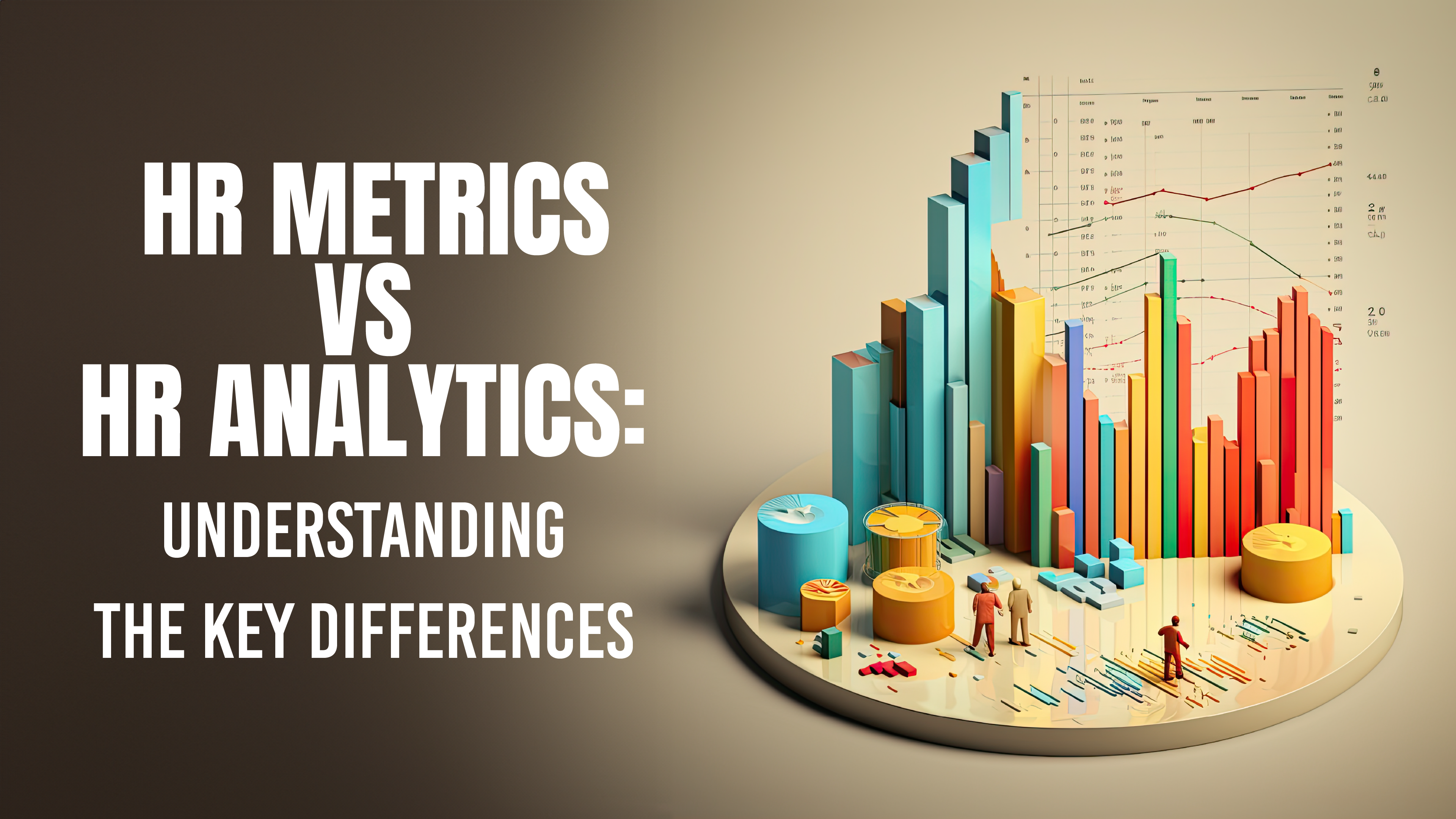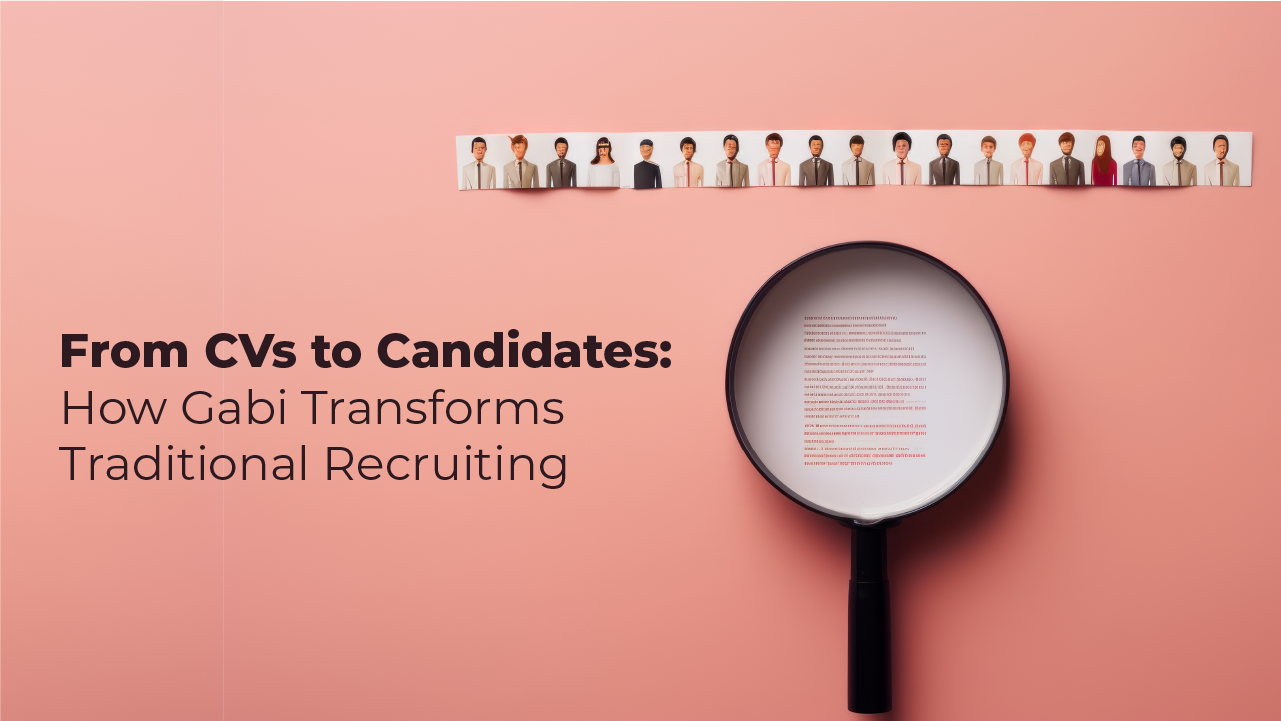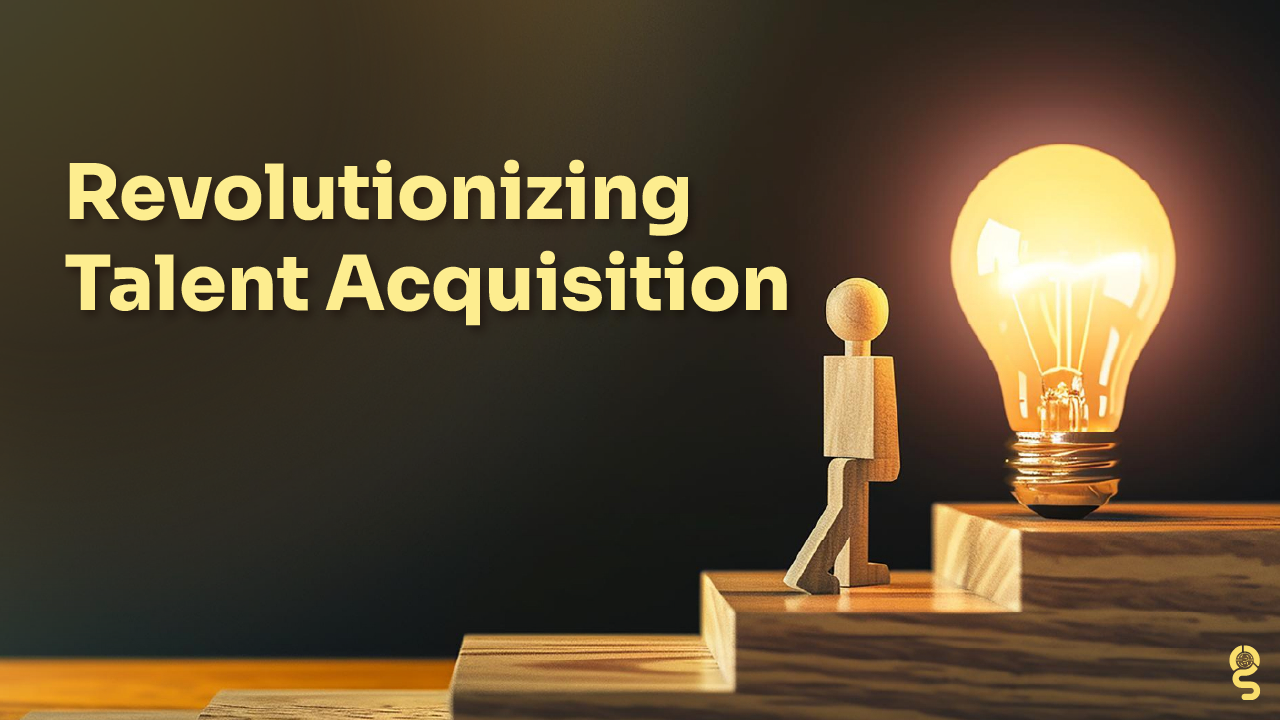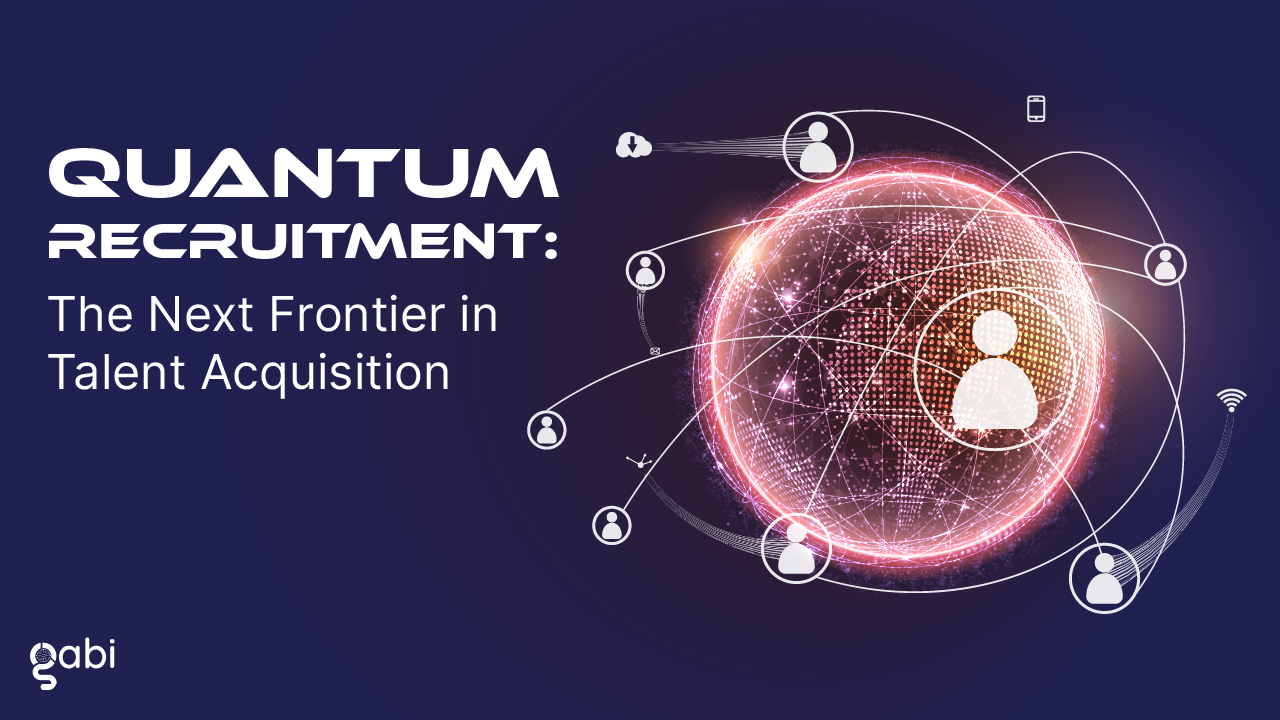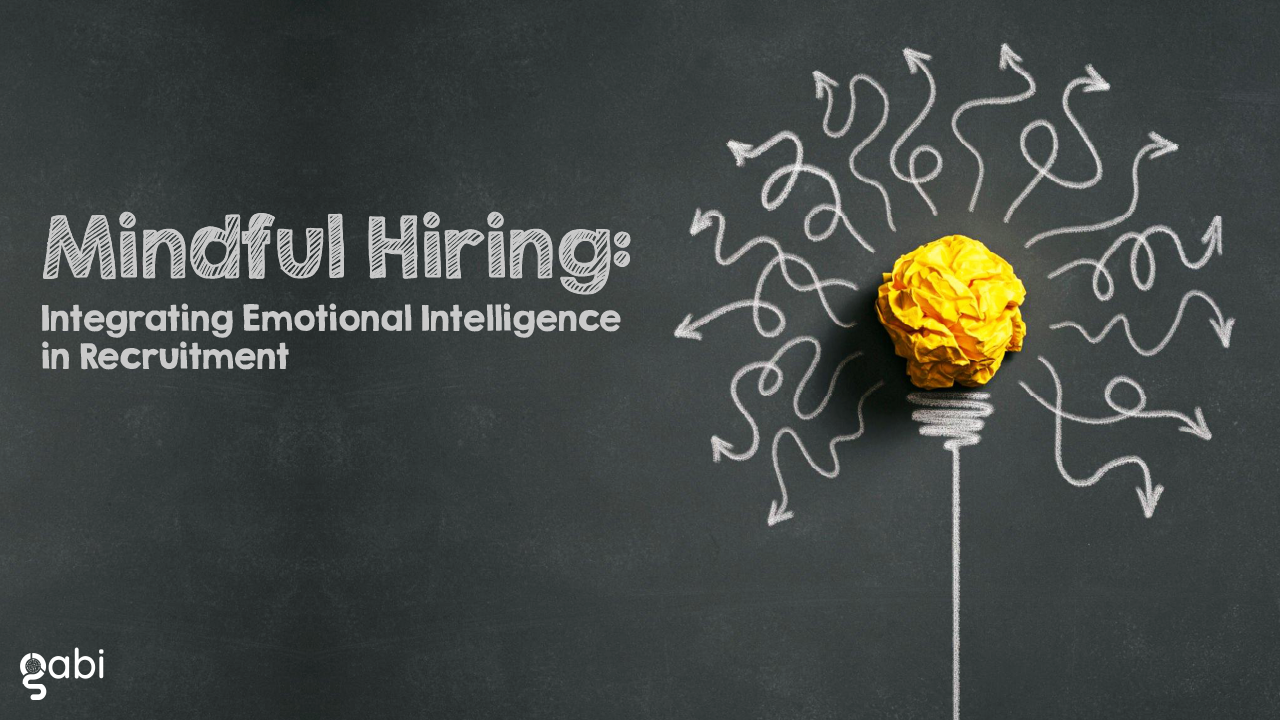Accurate data analysis is a key factor influencing effective decision-making in the human resources field. HR professionals frequently combine metrics and analytics to monitor company performance and obtain actionable insights.
Understanding the significant distinctions between HR metrics and HR analytics is essential for streamlining decision-making procedures and promoting organizational success, even though both are essential tools in the HR toolbox.
While both tools are important for HR professionals, they serve different purposes. HR metrics are useful for tracking and measuring the performance of HR functions, while HR analytics can help predict future outcomes and make strategic decisions. In this article, we’ll explore both concepts’ main differences and uses in the HR industry.
Key Characteristics of HR Metrics
Workforce metrics and HR key performance indicators (KPIs) are quantifiable measures that offer information about various HR operations and functions carried out inside an organization. These indicators, which often have a historical bent, concentrate on particular HR-related aspects like employee attrition, recruiting costs, employee engagement, and training efficiency.
A variety of statistics are included in HR metrics, including but not limited to:
- Operational metrics: Metrics linked to regular HR activities, such as absenteeism, employee turnover rates, and time to hire.
- Compliance metrics: Measures that ensure compliance with legal and regulatory standards, such as diversity measures or labor law compliance.
- Financial metrics: Metrics that evaluate the financial effects of HR activities, such as the cost per hire, the return on investment (ROI) of training, and the cost per employee for benefits.
To provide a snapshot of HR performance, HR metrics are typically tracked regularly, frequently monthly or quarterly. These measurements are essential for identifying patterns, establishing standards, and keeping tabs on HR procedures’ effectiveness.
Understanding HR Data Analytics
The process of applying complex statistical and analytical methods to HR data is known as HR data analysis or talent analytics. This methodology delves into predictive modeling, correlations, trends, and causality to generate actionable insights and help strategic decision-making, going beyond the high-level observations provided by HR metrics.
HR analytics can be defined through three categories:
- Predictive analytics: By utilizing past and present data, predictive analytics lead proactive decisions by forecasting events and patterns.
- Descriptive analytics: Uses historical data to examine historical trends and comprehend what has occurred in HR procedures and operations.
- Prescriptive analytics: Based on past and future data, these suggest the best course of action to achieve desired results.
Complex statistical approaches and machine learning algorithms are commonly used to generate actionable insights from HR analytics. Organizations can foresee future trends and make strategic plans as a result of the increased awareness of the workforce it provides.
Data Sources and Collection for HR Metrics & Analytics
The method of collecting data for HR metrics entails using defined procedures to acquire regular, reliable data. Surveys, employee feedback, and system-generated reports are frequently used by HR professionals to gather and analyze the required data.
Performance management systems and recruitment software can also offer you details about certain HR metrics. However, unstructured data sources imply:
-
- Employee Surveys: Sentiment analysis, text mining, and qualitative insights from employee surveys and feedback.
- External data: Publicly accessible information on market trends, employee attitudes, and employer branding.
- Organizational data: Data from different departments that offer a comprehensive view of the organization.
Data Collection of HR Analytics
HR analytics, a potent source of predictive and prescriptive insights, significantly relies on reliable data collection. To identify patterns, trends, and correlations that might guide strategic decision-making inside the company, this crucial phase entails acquiring, organizing, and getting the data ready for analysis.
It is crucial to ensure data privacy, compliance, and quality since these factors lay the foundation for precise analysis. Artificial intelligence and machine learning, among other cutting-edge technologies, play a crucial part in automating and optimizing the gathering process.
HR analytics transforms unstructured data into meaningful patterns and trends by integrating a variety of data sources and applying cutting-edge analytical methods. These insights into employee behavior, engagement, and performance then serve as a roadmap for strategic HR initiatives and organizational development.
Pros and Cons of Each Approach
Although both approaches are used in HR operations, each of them comes with its advantages and disadvantages. As such, you need to choose for yourself which metrics or analytics work best for your business.
Pros and Cons of HR Metrics
HR metrics are accessible to a wider audience inside the organization since they are comparatively simple to understand and execute. These sets of data offer instant insights into performance and, if necessary, enable prompt corrective measures. HR metrics enable evaluation against industry benchmarks and standards, assisting in determining the position of a business in the market.
However, HR metrics often offer limited context. It is frequently difficult to fully comprehend the factors impacting the reported results using HR measurements since they lack the depth and context necessary. More so, metrics’ emphasis on previous data limits its capacity to forecast future trends or recommend preventive action.
Pros and Cons of HR Analytics
HR analytics allow businesses to foresee trends and plan strategically ahead of time due to their predictive model. By figuring out the underlying reasons and relationships between different HR elements, analytics can help with strategic decision-making. These insights from analytics enable organizations to make well-informed and efficient decisions, which boosts organizational effectiveness and competitiveness.
Yet, HR analytics are often very complex and need some additional resources. HR analytics requires sophisticated statistical and analytical approaches, which makes it difficult for some firms to implement. This is because these techniques require specific knowledge and skills. Implementing HR analytics might need a lot of money, and resources in terms of both time and technology.
When to Choose Metrics or Analytics
Both HR metrics and HR analytics are essential tools for HR professionals, each with unique benefits and uses. While HR analytics gives a more thorough, predictive, and prescriptive analysis for strategic decision-making, HR metrics offer a rapid and accessible tool to evaluate HR performance and make informed operational decisions.
You can choose HR metrics for:
- Operational Evaluation: Use HR metrics to regularly monitor HR operations and evaluate performance in comparison to predetermined goals and industry benchmarks.
- Taking immediate action: Use analytics when quick insights are required to make decisions right now and quickly handle HR concerns.
- Past trends comparison: Utilize metrics to compare previous data and track trends over time to spot patterns and potential improvement areas.
On the other hand, you can use HR analytics for:
- Strategic planning: When making strategic HR decisions, such as those involving workforce planning, talent acquisition plans, and organizational reorganization.
- Optimizing the HR process: Implement HR analytics to improve employee experiences, streamline HR procedures, and match HR strategies with company objectives for better results.
- Predicting trends: When attempting to predict future patterns in employee behavior, engagement, turnover, or performance, use HR analytics.
Enhance Your Hiring Process With Gabi!
Are you ready to revolutionize your hiring process with a more data-driven approach?
Having a powerful ally such as Gabi, an AI-powered recruiting tool, can improve your strategic decision-making processes as we traverse the changing landscape of HR data. By examining resumes and extracting relevant data, Gabi speeds up the recruiting process and provides a thorough view of top talent.
Its cutting-edge algorithms rate top people according to their credentials, experience, and talents, giving recruiting decisions a data-driven foundation. Gabi makes it easier and more efficient to collect different data from a variety of sources, enhancing your HR analytics and metrics initiatives.
Check out Gabi today!

